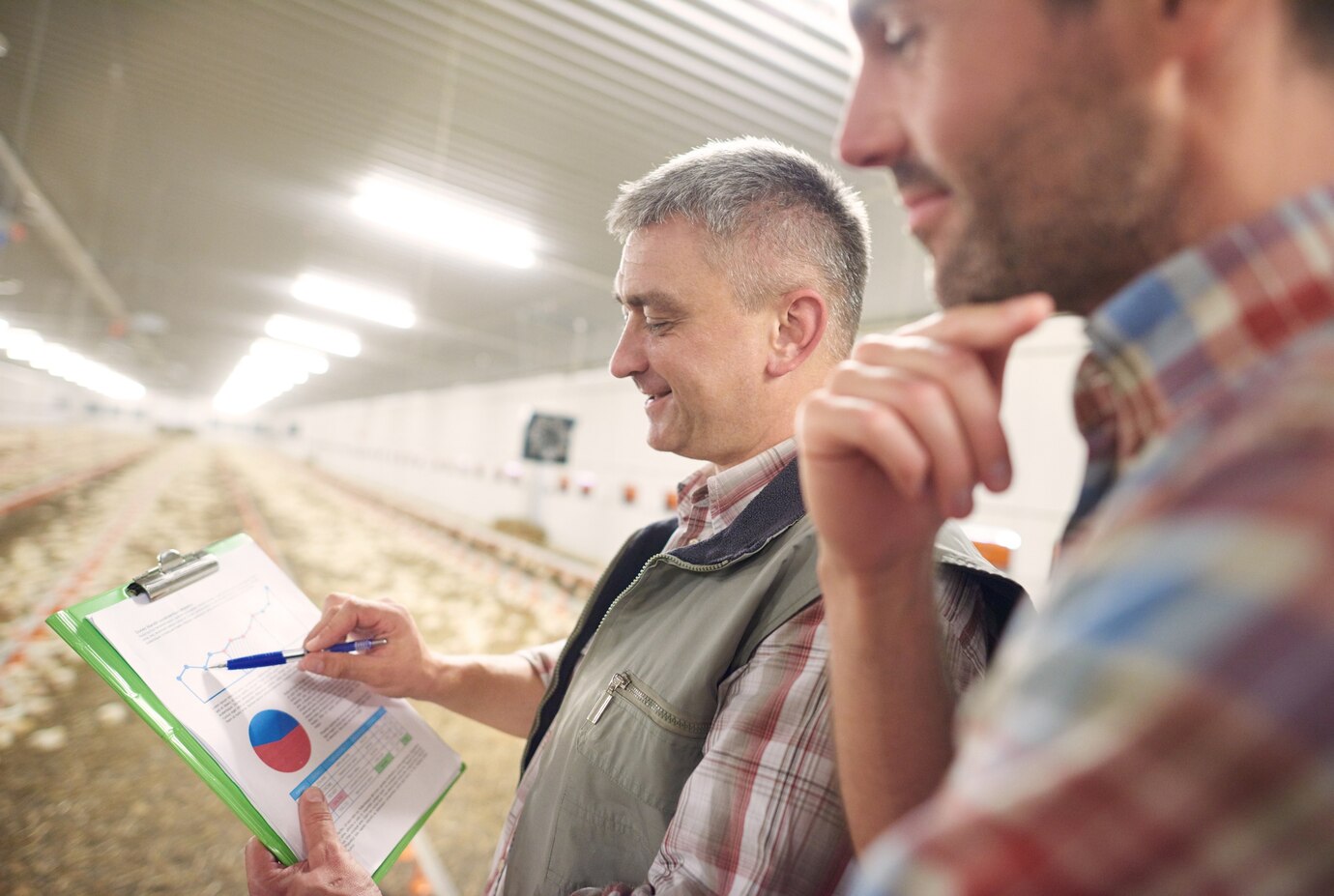Agriculture, the cornerstone of global food production, faces unique financial challenges.
From fluctuating commodity prices to rising input costs and climatic uncertainties, farmers and agricultural businesses must navigate a complex landscape to ensure profitability and sustainability.
Effective cost control in agriculture is essential for maximizing efficiency, reducing waste, and maintaining competitiveness.
This article explores key strategies and best practices for controlling costs in agriculture, aimed at optimizing farming operations and enhancing financial performance.
The Importance of Cost Control in Agriculture
Cost control in agriculture is crucial for several reasons:
1. Profit Margins: Agricultural profit margins can be thin due to variable input costs and fluctuating market prices. Effective cost control helps farmers manage expenses and protect their profitability.
2. Operational Efficiency: By controlling costs, farmers can streamline operations, reduce waste, and improve overall efficiency, leading to better resource utilization and higher productivity.
3. Risk Management: Managing costs helps mitigate financial risks associated with market volatility, weather events, and other uncertainties, ensuring more stable financial outcomes.
4. Sustainability: Cost control contributes to sustainable farming practices by optimizing resource use and reducing environmental impacts, aligning with broader environmental and social goals.
Key Strategies for Cost Control in Agriculture
1. Optimize Input Usage
Precision Agriculture: Utilize precision agriculture technologies, such as GPS-guided equipment and remote sensing, to apply inputs (e.g., seeds, fertilizers, pesticides) more accurately.
This reduces waste and ensures that inputs are used efficiently based on field-specific needs.
Soil Testing: Conduct regular soil tests to determine nutrient levels and tailor fertilizer applications accordingly. This prevents over-application and minimizes input costs.
Crop Selection: Choose crop varieties that are well-suited to local conditions and have favorable input-to-output ratios. Selecting high-yield and disease-resistant varieties can reduce the need for costly inputs.
2. Implement Efficient Irrigation Practices
Irrigation Systems: Invest in efficient irrigation systems, such as drip or sprinkler systems, to optimize water use and reduce water costs.These systems provide precise water delivery and minimize wastage.
Water Management: Monitor and manage water usage carefully, utilizing weather forecasts and soil moisture sensors to adjust irrigation schedules and avoid overwatering.
Rainwater Harvesting: Explore rainwater harvesting techniques to capture and store rainwater for irrigation, reducing reliance on expensive external water sources.
3. Enhance Equipment and Machinery Management
Maintenance: Regularly maintain and service agricultural equipment to ensure optimal performance and prevent costly breakdowns. Scheduled maintenance can extend the lifespan of machinery and reduce repair costs.
Efficiency: Use modern, energy-efficient equipment to reduce fuel and operational costs. Investing in high-efficiency machinery can lead to long-term savings despite higher initial costs.
Shared Resources: Consider sharing equipment with neighboring farms or joining a cooperative to reduce the costs of purchasing and maintaining expensive machinery.
4. Optimize Labor Costs
Training: Invest in training for farm workers to enhance their skills and efficiency. Well-trained staff can perform tasks more effectively, reducing the need for additional labor.
Technology Integration: Use technology, such as automation and data management systems, to streamline labor-intensive tasks and improve productivity. This can reduce the reliance on manual labor and lower associated costs.
Workforce Planning: Plan labor needs carefully based on seasonal demands and operational requirements. Efficient workforce management can prevent overstaffing and reduce labor costs.
5. Manage Supply Chain and Logistics
Supplier Relationships: Build strong relationships with suppliers to negotiate better prices and terms for inputs. Explore bulk purchasing or long-term contracts to secure favorable rates.
Storage: Implement effective storage solutions to reduce spoilage and waste of perishable goods. Proper storage conditions can extend the shelf life of products and reduce losses.
Transportation: Optimize transportation routes and methods to reduce fuel and logistics costs. Consider using local markets or direct-to-consumer sales to minimize transportation expenses.
6. Monitor and Analyze Financial Performance
Budgeting: Develop detailed budgets for each farming activity, including input costs, labor, and operational expenses. Regularly review and update budgets to reflect changes in costs and market conditions.
Cost Tracking: Implement systems to track and analyze costs in real-time. Use accounting software or farm management tools to monitor expenses and identify areas for cost reduction.
Performance Metrics: Use key performance indicators (KPIs) such as cost per unit of production, yield per hectare, and return on investment (ROI) to assess financial performance and guide cost control efforts.
7. Adopt Sustainable Farming Practices
Conservation Practices: Implement conservation practices, such as crop rotation, cover cropping, and reduced tillage, to enhance soil health and reduce the need for costly inputs.
Energy Efficiency: Explore renewable energy sources, such as solar or wind power, to reduce energy costs and enhance sustainability. Energy-efficient practices can lead to long-term cost savings.
Waste Management: Develop waste management strategies to recycle and repurpose agricultural by-products. Reducing waste can lower disposal costs and provide additional revenue streams.
Common Challenges and Solutions
1. Fluctuating Commodity Prices: Commodity price volatility can impact revenue and profitability. Implementing cost control measures helps mitigate the impact of price fluctuations and manage financial stability.
2. Climate and Weather Risks: Unpredictable weather can affect crop yields and increase costs. Use weather forecasting tools, diversify crops, and invest in risk management strategies such as insurance to address these challenges.
3. Input Cost Increases: Rising costs for seeds, fertilizers, and other inputs can strain budgets. Explore alternative inputs, negotiate with suppliers, and adopt efficient practices to manage these cost increases.
4. Market Access: Limited access to markets can affect revenue. Develop direct-to-consumer sales channels, explore new markets, and engage in value-added processing to enhance market access and profitability.
Conclusion
Cost control in agriculture is essential for maximizing efficiency, reducing waste, and maintaining financial viability.
By optimizing input usage, implementing efficient irrigation practices, managing equipment and labor costs, and monitoring financial performance, farmers can enhance their cost control efforts.
Adopting sustainable farming practices further supports long-term cost management and environmental stewardship.
Navigating the challenges of fluctuating prices, weather risks, and input cost increases requires a proactive and strategic approach.
Ultimately, effective cost control in agriculture enables farmers to achieve operational excellence, sustain profitability, and contribute to global food security.





